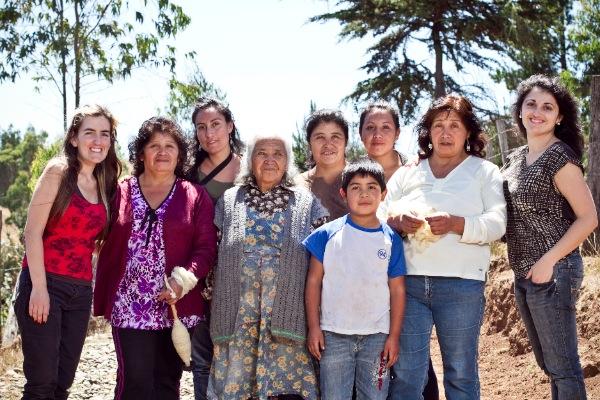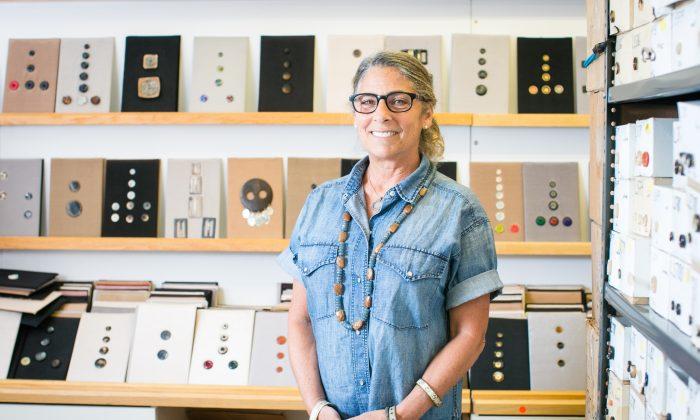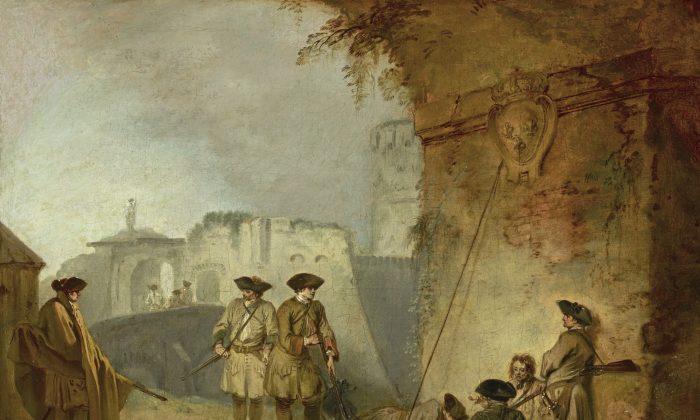The urge to do good and the need to look good may not be easily reconcilable in the context of fashion trends and the provenance of one’s outfit of choice.
VOZ (meaning voice) is a fashion company that has set itself the task of making ‘conscious fashion’ readily available so that doing good and looking good are embodied in each garment they produce.
“We are proposing an alternative type of fashion. We, as designers, work collaboratively with artisan groups with an emphasis of celebrating indigenous culture in a respectful way through co-design,” said Jasmine Aarons, VOZ Founder, CEO, and Design Director.
Artisans’ Struggle Against Cheap Knock-Offs
The project came about following Ms. Aarons’ thesis on ceremonial design in the Andes. Through the process of interviewing 200 artisans about their craftwork, she realized that most of them were struggling to continue practicing their craft in a globalized context as their marketplaces were flooded by knock-offs made in Asia and imported.
Those who were able to do the best for themselves were the ones who were innovating within their craft because they could stand out from the clutter and the crowd in the hypersaturated marketplaces.
“I noticed that design tools really helped artisans to set their work apart,” said Ms. Aarons. Hence, the idea was born to help artisans design products that would be conscious of contemporary trends. She founded VOZ to present the community with an alternative source of income and to experiment with the idea of translating fair trade principles and ancient craftwork to a modern fashion context.
The pilot project is based in southern Chile where VOZ collaborates with Mapuche weavers.
The company is half design school and half educational program, so that the innovations from the educational program are adopted into the final collections that return fair trade wages to the community and help to source materials as sustainably as possible.
The Treasure of Local Diversity
“Everything we do is a delicate balance between trying to respect as accurately as possible local tradition and at the same [time] respect what people want to wear and are comfortable in, and that means using softer materials and being really material conscious,” said Ms. Aarons.
One could say that changing a way of making craft and turning into fashion design could be just as damaging to the local culture as the flood of cheap knock-offs, as the incentive to keep producing traditional textiles would be diminished by the more lucrative wave of designing fashion garments design. But Ms. Aarons is adamant that the program is mainly a way of supplementing the artisans’ income, and those who participate are, by default, only those who want to innovate and learn about product design in terms of pattern, shape, and line.
“Part of why I started this is because I’m so obsessed [with] artisan craft and gorgeous traditions all around the world—I consider myself a design anthropologist. I care very much about culture and community,” said Mr. Aarons, adding that “with globalization, local culture has become homogenized. But local diversity is so exceptional and so precious, and fashion as an art form, is a great vehicle to try to support local diversity.”
The VOZ 2014 Spring/Summer collection incorporates both diaphanous cotton and silk fabrics as well as sparsely hand woven alpaca that, when worn on the skin, are exquisitely sensual and comfortable. The yarns are the only design elements that have been adapted so that they are lighter and more wearable.
Reaching Out Globally
Apart from the weavers in southern Chile, the company is currently working with a weavers cooperative in northern India and recently began a relationship with a fair trade cooperative in Bolivia.
Ms. Aarons hopes to scale up internationally and have artisan collaborations with groups all around the world. “We get really interesting letters form artisan cooperatives all the time,” she said. The rest is up to us consumers.
Ideas about “conscious” living often manifest in moments of relaxation or directly as a result of watching the news, but come 7:00 Monday morning we reach for the practical in the modern living context. As VOZ meets the artisans halfway, the onus is on us to meet them halfway and put our money where our conscience is to help fuel this fashion collaboration.
Fine Things, Consciously Created
“Unless the design is good enough, you cannot satisfy your desire to do beneficial things with your basic purchasing tendency toward fine things that make you look good in your opinion,” said Ms. Aaron.
Ultimately VOZ considers itself a beautiful creator and respectful intermediary. And the creations are truly beautiful.
“When a garment is made by a person and it contains methods of craft that are special, that in itself carries a story. We celebrate objects that hold meaning both for the producers and for the wearer, and that is inherent in the textile itself,” said Ms. Aaron.




